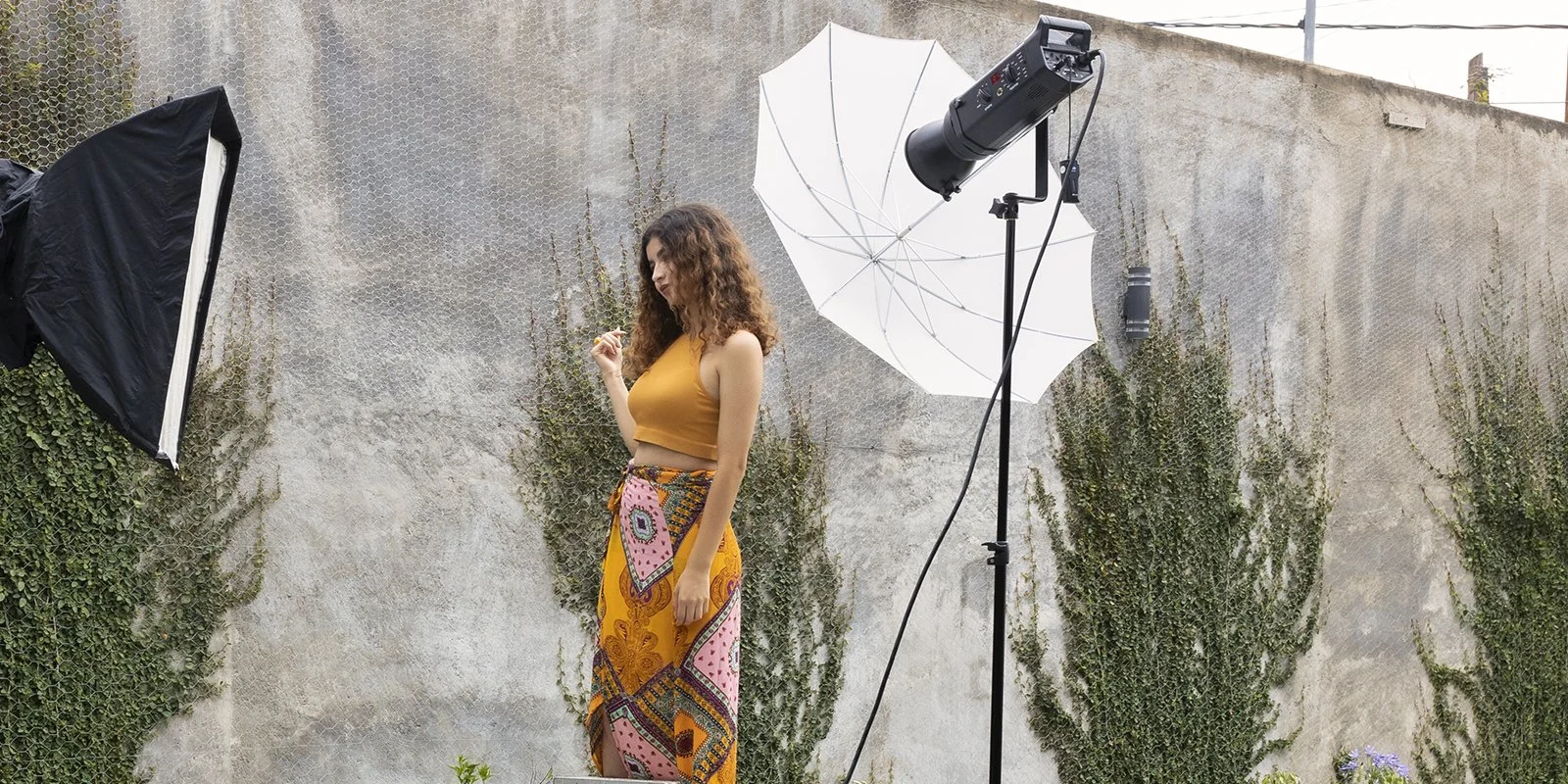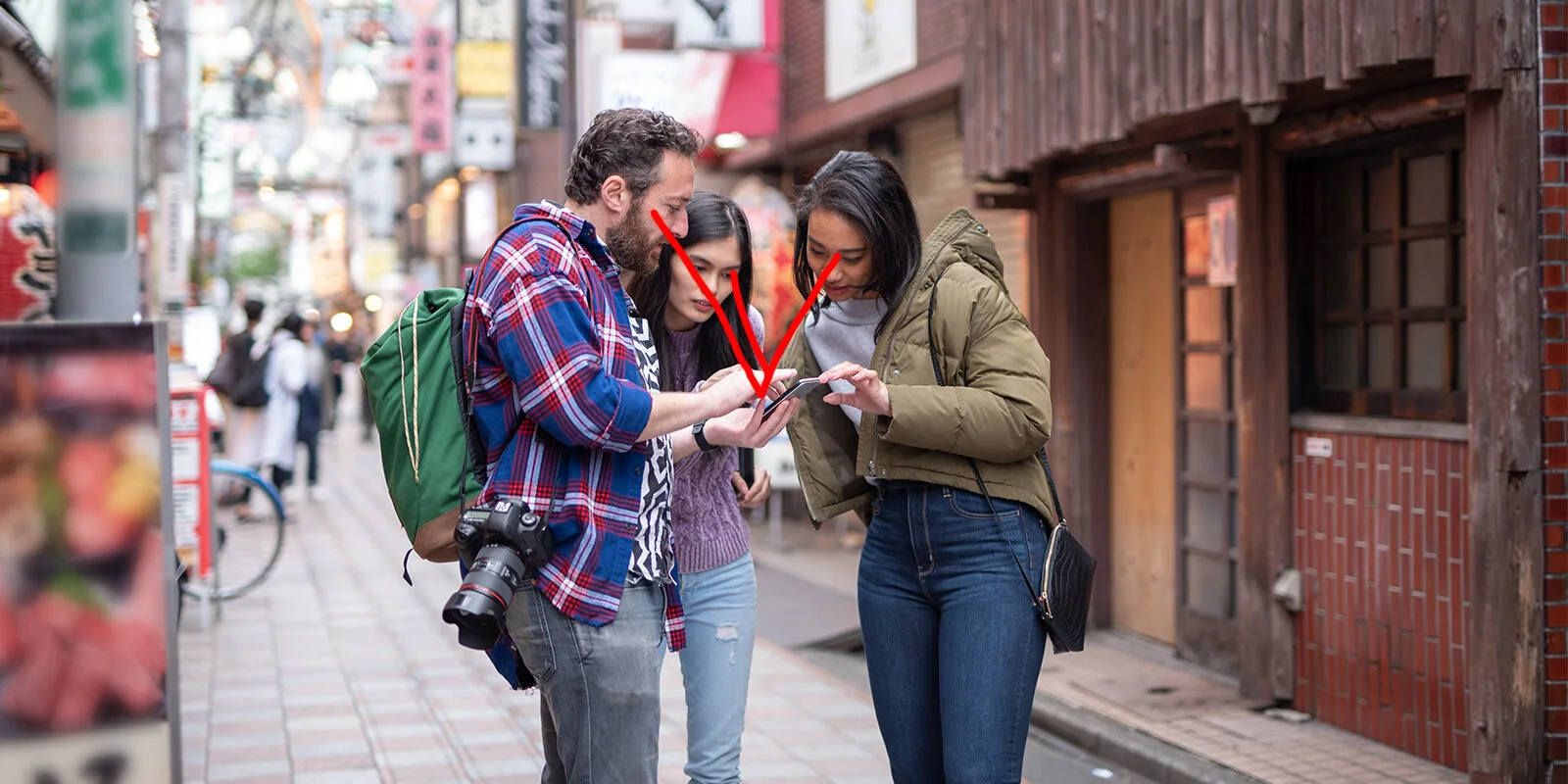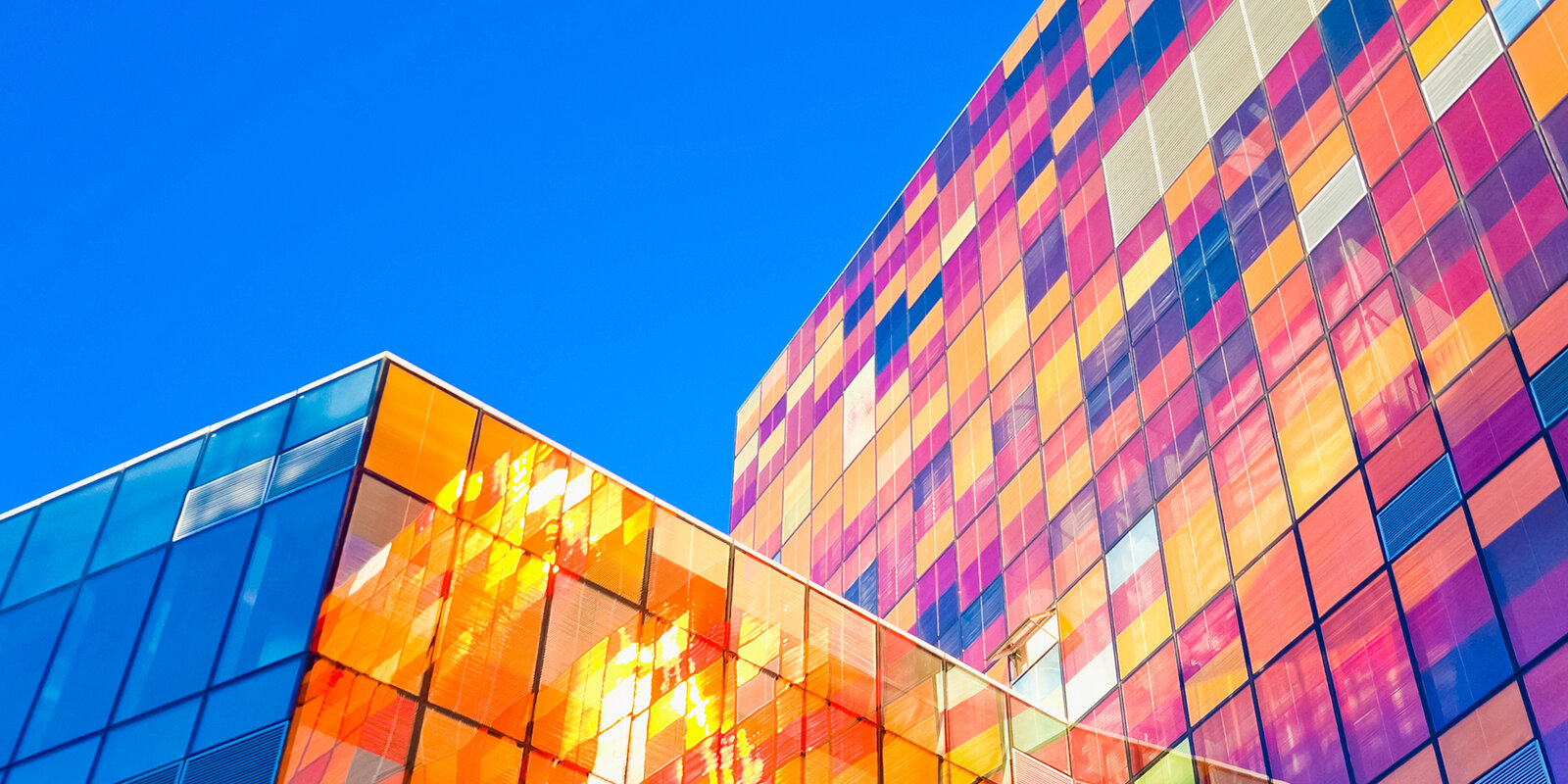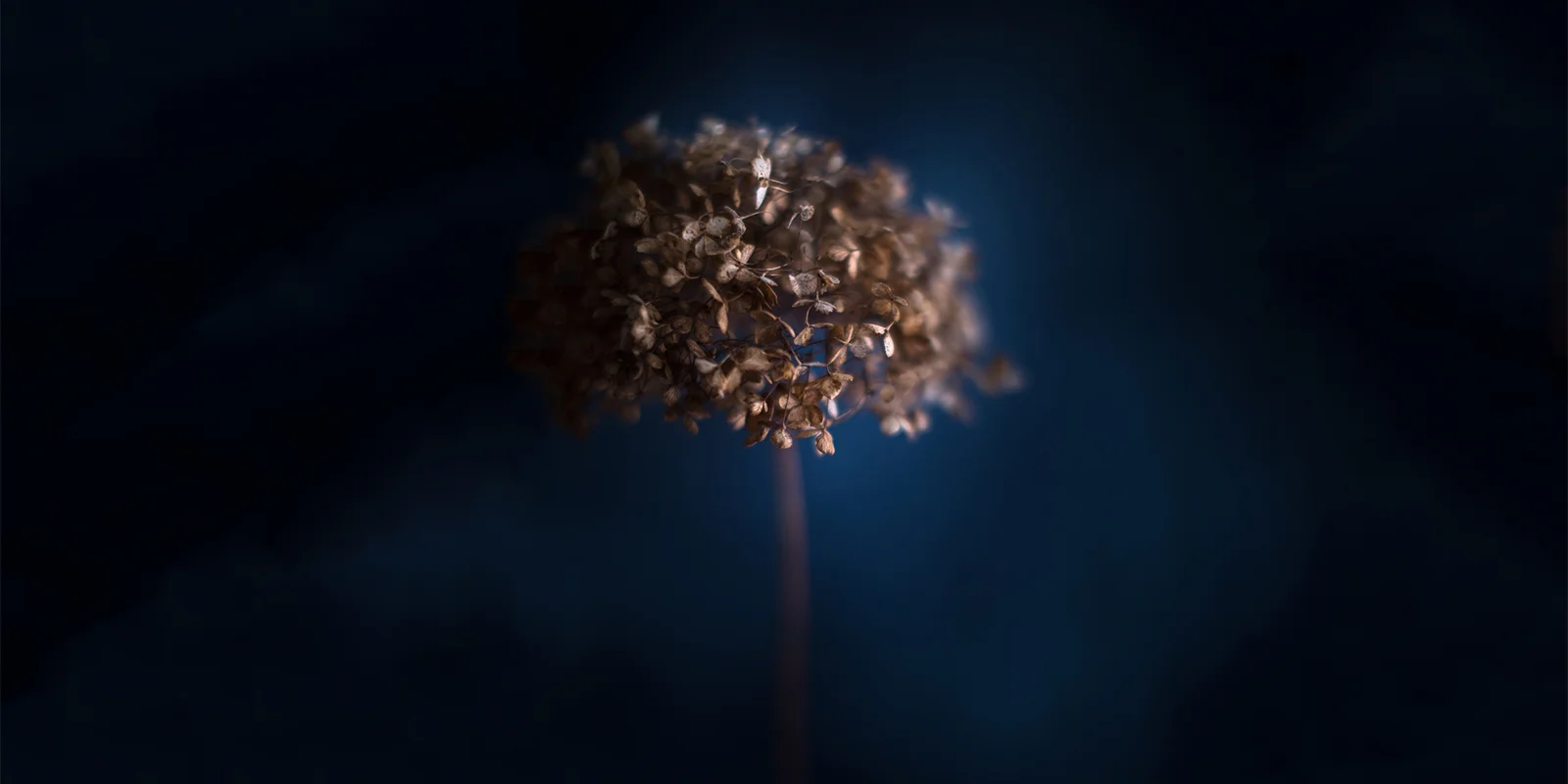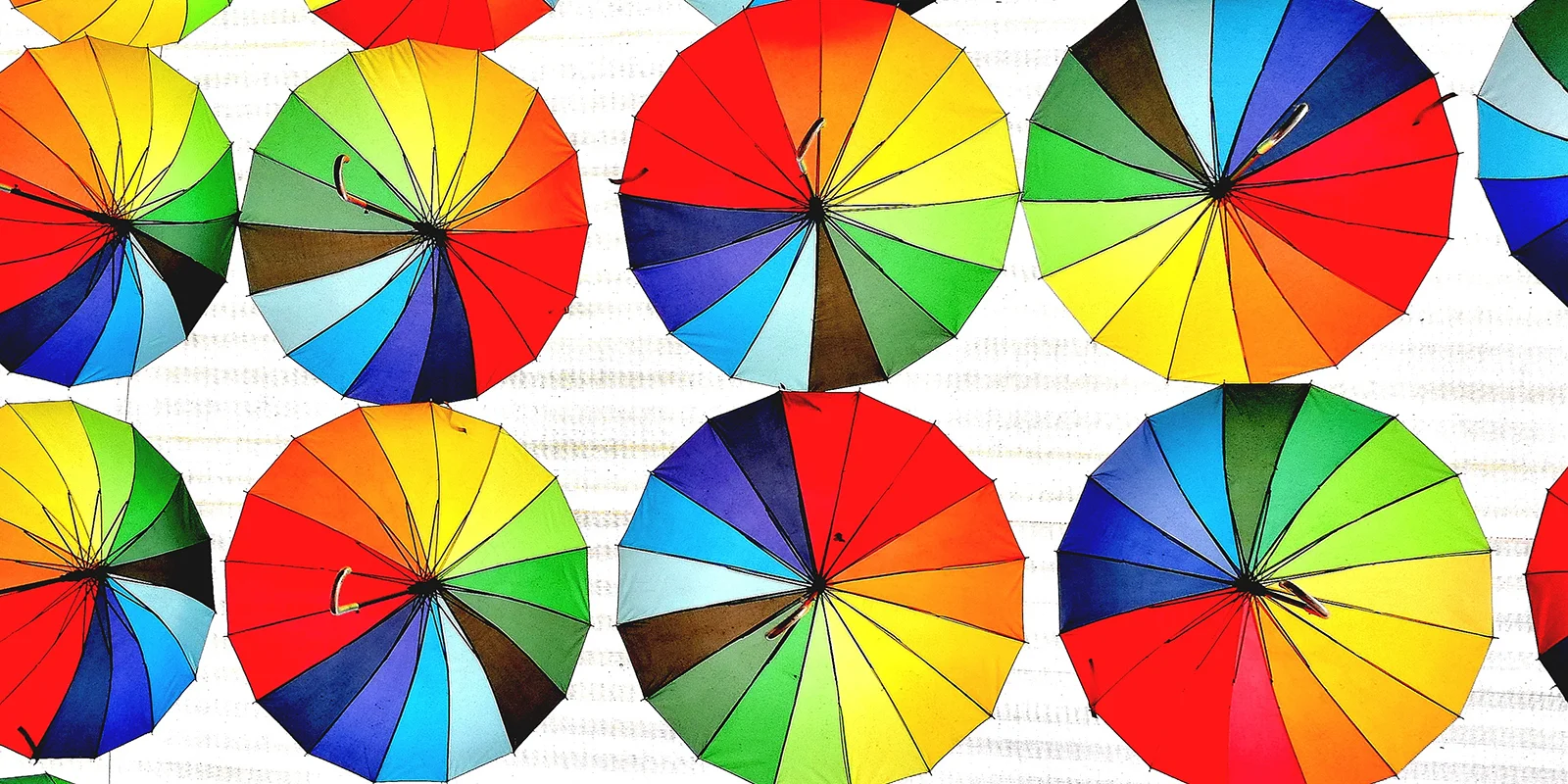INTERMEDIATE PHOTOGRAPHY
Scroll ⤵
Using contrast is one way of controlling how interesting your photograph is. Does your viewer’s eye slip over your photograph and move on to the next thing or does something hold their attention and take them further into your image?
In the final part of this mini-series on using flash we’re going to explore studio flash units, which are also known as ‘strobes’.
Flash is an incredibly creative tool that will enable you to use innovative lighting set-ups on location or make imaginative images in the studio. Part 1 of a 4-part series on flash photography.
There are a number of things you can do at the post-processing stage to give your now well-composed image an extra step-up.
Photographers use lines to guide their viewer around the frame and to add a subtle layer of interest to their photographs. Implied lines are just as important as actual lines.
Analysing your own photographs and working out whether they “work” or not is difficult - but not impossible - to do objectively.
Continuing our series on using colour in photography, three quick tips you can start using today.
There are two main reasons to consider colour in your next photograph, one negative and one positive.
Practical, actionable advice that you can start using today, to move your photography from basic to impressive.
Stewart is a photographer and RPS assessor. For AYWMC he has written an account of what it is like on the other side of the table at an RPS assessment day.
It is critical that you learn to override the brain when it comes to the edge of the frame. You need to consciously, deliberately direct your attention to what's going on at the periphery of your image.
AYWMCers Will and Hilary answer all the questions about getting their LRPS including whether it cost more than they thought, how they prepared their panels and what the judging day was like.
At some point someone will mock your cropped frame camera for having inferior bokeh. Arm yourself with knowledge if you must take on the fanatics.
Emma’s intermediate-level online course, Composition: Beyond the Basics, is now open for registration and covers all these topics and more. It runs only twice a year and is for photographers who have a good grasp of basic composition principles but want to start creating more interesting, compelling and eye-catching shots.
When you've reached a plateau in your photography, when you can't seem to move your images from OK to epic, it's time to start paying more attention to the light.
Shooting into the light, working with mixed colour temperatures and what to do when it’s just too dark. If you work within the limits of your gear you can still come away with shots to be proud of.
Using colour effectively in photography is one of the pillars of good composition. As with everything creative it is part theory and part personal preference.
Avoid expensive mistakes by getting your image file optimised before you send it off for printing.
Giving feedback to a photographer about their work is much harder than it might seem, if you are going to leave them with their dignity intact, and even send them on their way fired up to try again.
Photography is a skill as much as a craft. Although it is incredibly easy to take a decent photo, we will never take epic photos if we rely on the crutch that is the modern digital camera on auto mode.
Planning and preparation will increase your chances of success in any photography competition, whether it's Landscape Photographer of the Year, or your local village fete. Follow these 10 steps to increase your success rate.
With black and white photography you have no colour to hide behind. Your composition becomes critical. If you don't have a strong backbone to your image, it will be lacklustre.
How's your inner peace? Do you sulk if you don't have the right lens with you? Where do you stand on the backing up your photos spectrum?


